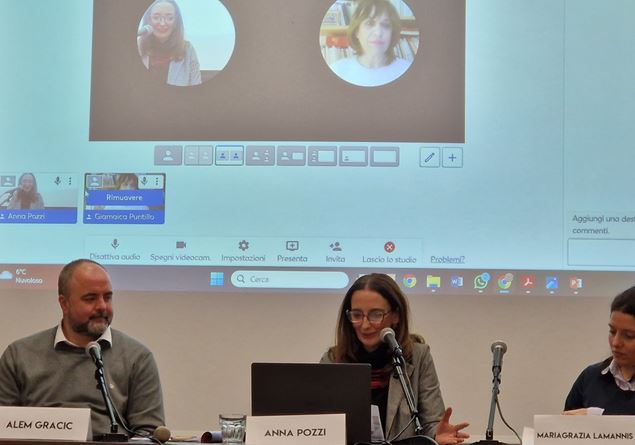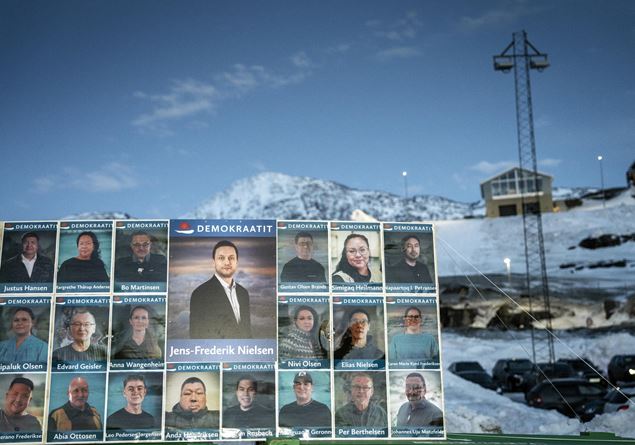Slaveryan harsh, heavy word with vast boundaries. Today the term can be used to describe different conditions of exploitation, which spread in many working sectors: from agriculture to construction, to care work and digital corporal. Without forgetting the section of women and minors, a practice whose beginnings are lost over time and still in force.
These were the themes covered during the conference “A world of slaves”, an annual event organized by Caritas Ambrosiana and Centro Pime on the occasion of the world day against the trafficking of people. A day that refers to the memory of Santa Giuseppina Bakhita, a Sudanese woman kidnapped at 7 years in 1876 and sold on the slave market several times.
«Bakhita’s story is shocking, as well as the theme of trafficking. – explained Father Gianni Criveller, director of the Pime Center at the opening of the event – This topic is much closer to us than we think. It is a serious and urgent question, which we at Pime have to face for years all over the world. Even the Jubilee of Hope aims to free people from slavery ».
However, as anticipated, slavery is not only linked to trafficking, but also to the exploitation of the human being at work. People to whom every economic and social dignity is subtracted. The work is put in front of the person, the face is canceled.
And it is from a face that the analysis of Professor Angela Lodigiani, professor of sociology of economic processes and work at the Catholic University of Milan starts. “On the presentation poster of the conference we see the face of Satnam Singh (the laborer who died tragically in an accident at work in Latina in June 2024. And after being injured, Singh had been abandoned agonizing by the employer, ed.). A face allows us to associate a name, in this case Satnam. But slavery erases human personality. The exploitation affects the most fragile social groups, such as young people, women, foreigners and people with low professional qualifications. The less controlled working sectors are the most exposed to the corporal. Here crime is easily slipped, thanks also to an economic system that favors all this, “explained Lodigiani.
The sociologist then focused on some aspects related to the person: «The protection of dignity should never be lost sight of. We remember Pope John Paul II, when he invited during the 2000 Jubilee to create a global coalition for dignified work. And Pope Francis has also reiterated several times how a human being should be realized thanks to work. Person and work should develop a link that can create a sense of belonging to the community ».
However, this sense of belonging is often denied, due to the precariousness and totalization of work. «Precariousness prevents a person from developing his life. The border between work and personal life is eroded. We live in a performance company, “concludes Lodigiani.
In the second part of the meeting, the types of exploitation in the individual sectors were analyzed, starting from the digital corporal, the organization of the labor managed through apps and algorithms. The most affected in this case are the Riders, people not protected by law and forced to work in the piece.
“The digital corporal is an extension of the Fordian assembly line. Instead of staying next to each other, the workers go around and receive indications via a phone. The algorithm organizes work, speed is fundamental. The worker is always controlled with these apps and lives in a constant condition of threat. – explained Mariagrazia Lamannis, a research doctor in labor law at the “Magna Græcia” University of Catanzaro – If the bellhop does not deliver the goods or arrive late loses money. The exploitation is total. The digital corporal on a legal level is part of the black or gray work. There is no regulation at criminal level, only partially and evil at the civil level ».
The construction sector, on the other hand, is experiencing a period of great growth. In the specific case, however, the problem is linked to the type of “contract”, in fact non -existent, signed by mostly foreign workers.
«The statistics on the construction sector tell us that in the last year 65% of the workers active in Milan was not born in Italy. In March 2024 we reached 90%. And 60/70% of these foreign workers are Egyptian. – Alem Gracic, general secretary of the Filca Cisl of Lombardy has deepened – They are not migrants, but people who see in Italy, often in a deceptive way, a possibility. Then they arrive here and put themselves in situations of total exploitation on construction sites. The important thing for them is what they receive at the time. The more they work, the more they earn, the more they can send money at home to help their families. The regular contract does not exist “.
The non -regular contract is also a constant for the care work, a sector capable of developing a hidden parallel welfare over the years, but which is now dropping at the demand level. To underline the appearance was Jamaica Puntillo, President of ACLI COLF: «The drop in births and the increase in smart working decreased the need for families to take a domestic collaborator. To this has been added an increase in the cost of the work service. Many families, to pay carers or babysitters, are forced to use 50% of their income. Without forgetting the increasingly frequent problems that arise on a personal level between worker and assisted person, the risks of getting sick and problems of the skills requested. All unregulated factors ».
So what can be done to change the situation? The answer tried to give it the Professor Lodigiani, however aware of the difficulties: «To intervene on exploitation would mean changing the regulatory system. It is neither simple nor immediate. It is necessary to make a cultural leap and become aware of the transversality of exploitation in work. We must focus on the faces and on the social bond ».










